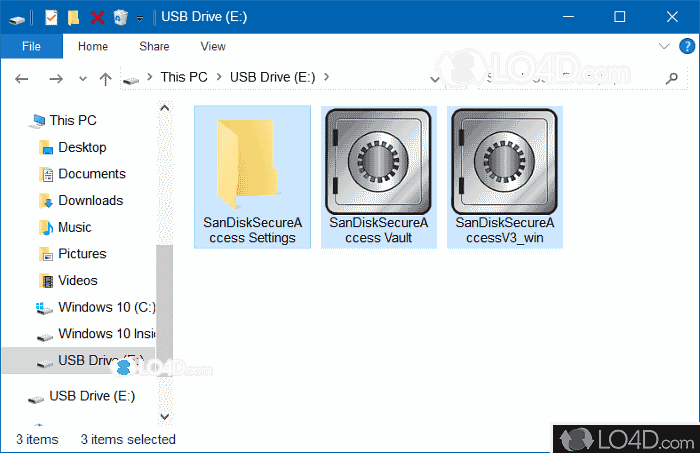


But if you take this approach, be sure to choose the driver that’s compatible with the exact model number of your hardware, and your version of Windows. Update your drivers manually - You can update your driver manually by going to the hardware manufacturer’s website, and searching for the latest driver for your device. There’re two ways to update your drivers: manually and automatically. For example, for a SanDisk SSD drive, update your chipset controller driver and for a SanDisk USB drive, update your USB controller driver. But most SanDisk devices don’t need extra drivers – they’re treated as USB Mass Storage devices by the operating system – so you can just update the pre-installed drivers on your PC. When you install a SanDisk product like a solid-state drive on your Windows 10 computer, you may also want to download the latest SanDisk driver on your system.


 0 kommentar(er)
0 kommentar(er)
